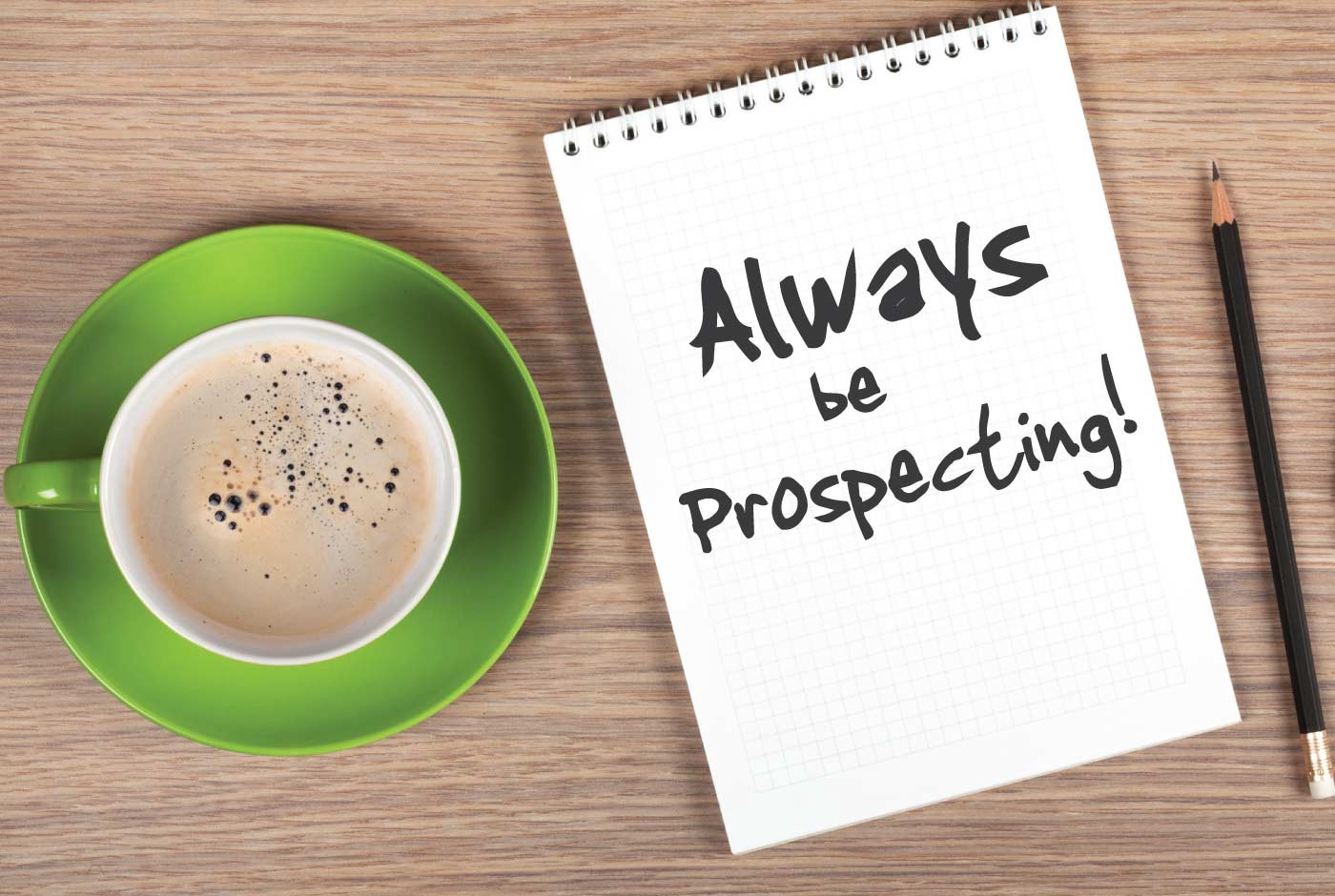Recently I received a prospecting voice mail message from a salesperson. The salesperson explained his company was “the leader in Microsoft hosted Exchange solutions” and he encouraged me to visit his company’s website. That was it – that was the “meat” of the voice mail message.
If you received that salesperson’s voice mail message, what would go through your mind? Do you think it might it be a question like, “What the heck is a Microsoft hosted Exchange solution?” Do you think the voice mail message would inspire you to call the salesperson back?
Why did the salesperson’s voice mail message fail to accomplish the desired end result? Because it focused on a solution rather than a problem.
If your prospecting calls and related voice mail messages talk about a solution, in effect you are assuming that your prospects are already aware of the problems that your solution can solve for them. If your prospects are not able to relate your solution back to their own specific problems, your message will probably just “bounce off”.
If you use industry-specific jargon to describe your solution, you are making the additional assumption that your prospects are familiar with the jargon that you are using. If they aren’t, it further reduces your chances of attracting their attention!
How could this salesperson restructure his voice mail message to be more effective? Instead of talking about his solution, he could talk about one or more of the problems that can be solved by using a hosted Exchange service. A revised voice mail message might sound something like this:
“We help small companies look like big companies to their prospects and customers; plus, we help companies of all sizes focus more of their time and resources on their core businesses, which accelerates growth and profitability. If you’d like to learn how we do this, please give me a call.”
This salesperson could further enhance his message by including a specific quantified impact that his company’s services have produced for customers. Here is what it might sound like if we add a quantified impact to the previously revised voice mail message:
“We help small companies look like big companies to their prospects and customers; plus, we help companies of all sizes focus more of their time and resources on their core businesses. This has helped some of our customers reduce their operating costs by as much as 30% in just six months. If you’d like to learn how they were able to achieve these results, please give me a call.”
Do you see the difference between the revised messages and, “We are the leader in Microsoft hosted Exchange solutions; please visit our website”? Do you agree that the revised messages are likely to capture more prospects’ attention and produce more returned phone calls?
There are other advantages to focusing your prospecting messages on problems rather than solutions. If you talk about a solution, your message will have the most appeal for prospects that are already actively looking for that specific solution. But, do you think those (few) prospects are just sitting around waiting for you to call? Or, do you think they might be doing some proactive research? In fact, isn’t it possible they might already have some price quotes in hand? If they are that far along in the buying process, how does it impact your chances of winning their business? If you do manage to win their business, how profitable is it likely to be? Wouldn’t you agree that in this situation your solution is more likely to be perceived as a commodity, and the business is likely to go to a low bidder?
Contrast this scenario to a properly managed, problem-based prospecting approach. If you are successful in attracting a prospect’s interest by talking about the business problems that you can solve and the quantified impacts that your company has delivered to customers, the natural next step is to ask the prospect to identify which specific problems pertain to their business. Once the prospect prioritizes their problems, you can ask more questions to help them quantify the impact of these problems on their business. If the quantified impacts are substantial enough, it becomes quite easy to justify a very profitable price for your solution.
If you want to improve your prospecting effectiveness, stop leading with solutions in your prospecting calls, and voice mail messages. Instead, lead with the problems you can help prospects solve, and (ideally) one or more of the quantified impacts your company has produced for customers. This type of problem-focused prospecting approach will attract the interest of a larger percentage of your prospects, produce higher close rates, and generate more profitable sales.
It can be a fairly complex process but don’t feel overwhelmed, reach out to PrintArt today, and explain your needs. Their customer service department will put together a cost-effective quote and help your vision come to reality!
PrintArt – Accurate Die Cutting
413 Interchange St.
McKinney, TX 75071
972.562.7921
https://www.printart-adc.com









